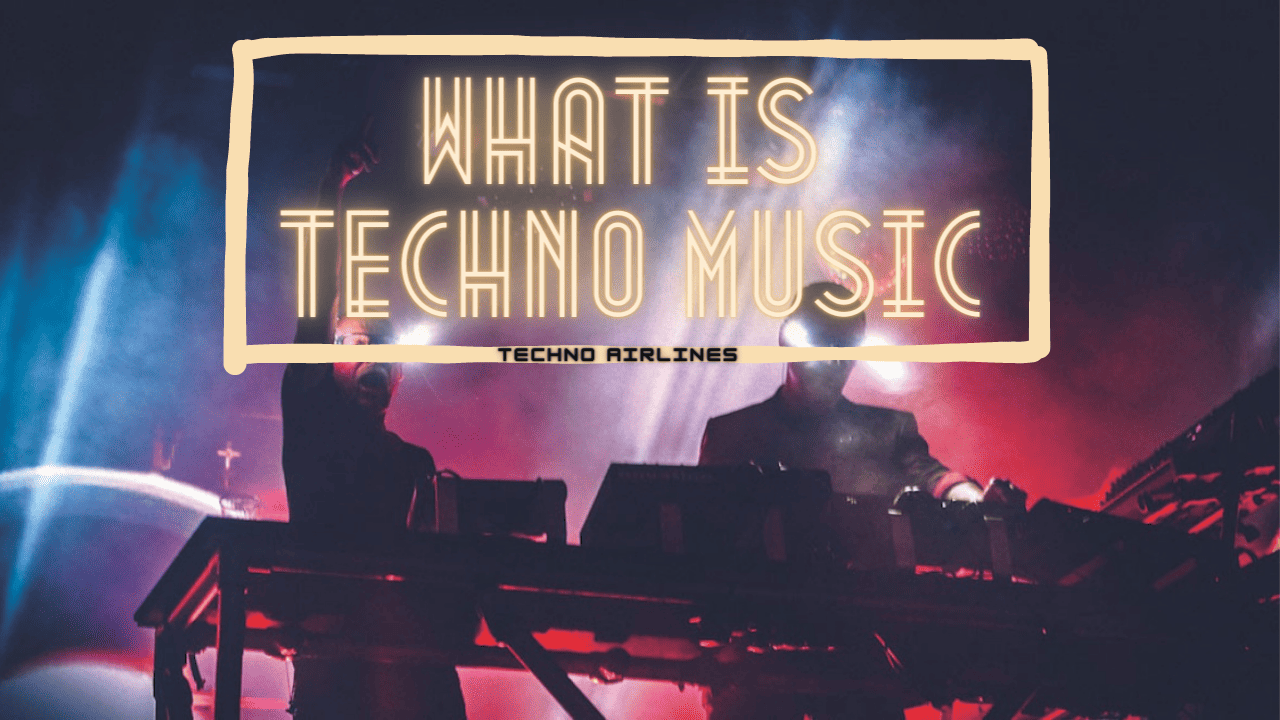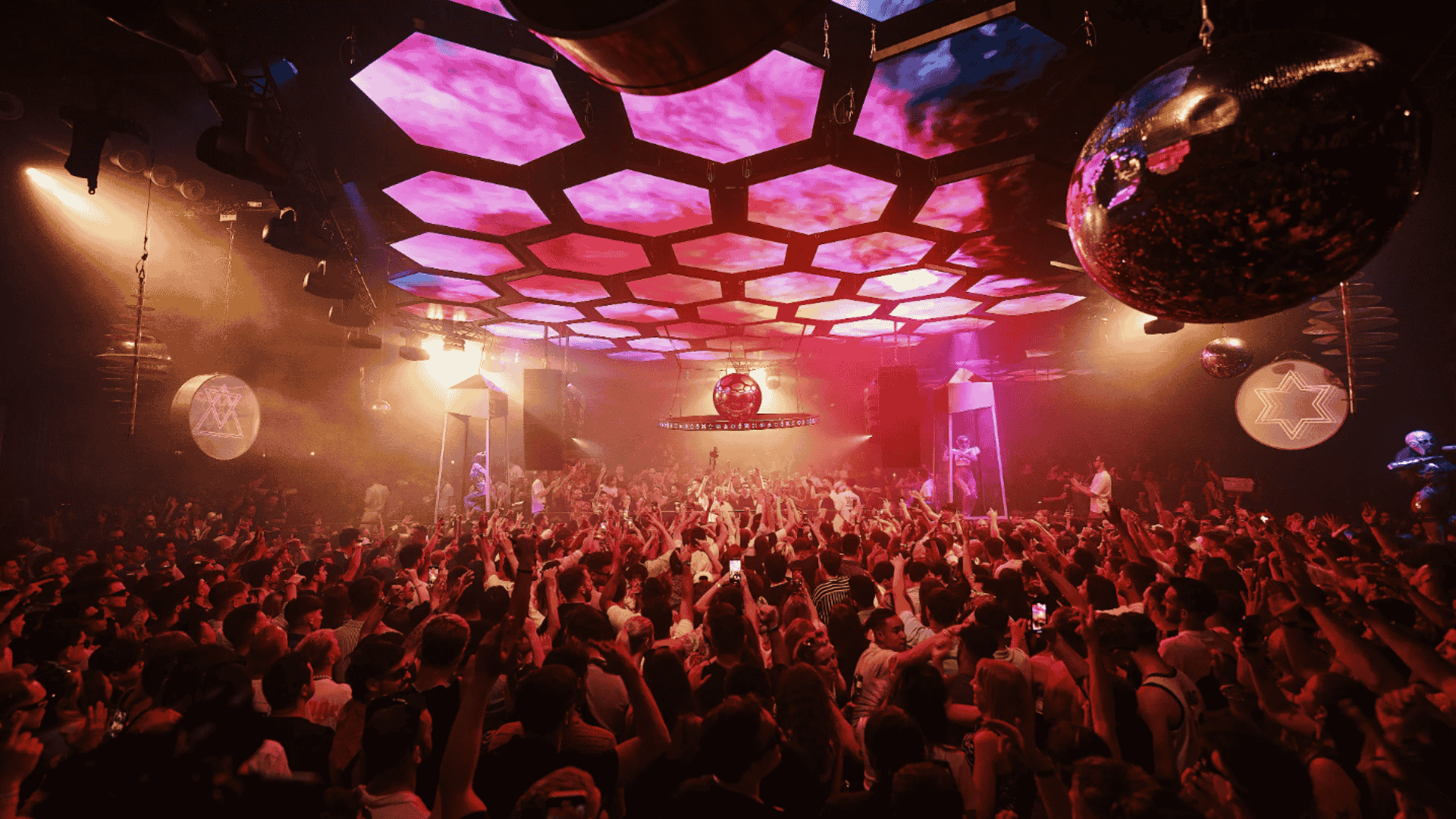Techno Music: What is it? (History & Roots)
Especially in the modern world, everybody hears and enjoys it but wonders one question: what is techno music? Let's find out.

Last Updated: December 21, 2024 (21.12.2024)
Techno music is an alternative or subgenre of Electronic Dance Music, also known as EDM. Techno musicians and artists use electronic and technological instruments to compose a track, which is why it is called techno. Components such as synthesizers, sampling, drum machines, and numerous electronic beats are the key elements for producing this type of music.
“In the pulsating heart of the modern music scene, a question reverberates: What is techno music? A vibrant subgenre of Electronic Dance Music (EDM), techno music has evolved from its European roots in the 1970s to become a global phenomenon. Fusing electronic instruments with innovative beats, techno is more than just sound — it’s a movement, a culture, and an expression of the digital age.“
The History of Techno Music
It is believed that techno music was influenced around the 1970s and emerged at the beginning of the 1980s, therefore developing so quickly with plenty of subgenres of its own.
First Age: The birthplace of techno music is central Europe, especially Germany. German artists such as Kraftwerk, Tangerine Dream, and C.J. Bolland influenced and created the first techno beats. Techno musicians who pioneered this genre were the first to use electronic synthesizers with looping basses and drumbeats.
Prime Time | Detroit Techno: U.S. residents rapidly embraced and adopted the legacy of European artists. When these beats crossed the Atlantic, a new techno style emerged called house. While also called Chicago House, this type of music was a bit of techno and dance music in between. It was the moment that the trio called Belleville Three of Detroit Techno surpassed and impacted the whole European and American taste of music. It differs from the house type as it begins as more complex and focuses on instrumental style in general. Derrick May, Kevin Saunderson, and especially Juan Atkins, believed to be the fathers of techno, were the processors of this type of genre. Atkins’ track, No UFO, is believed to be the first accepted techno track by the techno universe.
Birth of The Rave Culture: The effect of Detroit Techno and Chicago House shaped the people’s tendency towards any techno genre wherever they are. Thus, the endless home parties, clubs, and residences started playing with monstrous beats all night long. In the 1990s, a European’s daily routine was basically to attend to any type of musical activity that beholds techno type. It was unique and popular among all middle-aged people around that time. It was so crazy and thriving that in the late 1990s, people gathered around techno music and started a new movement: Underground Techno. This was more elevated, and the effects of Atkins’ Detroit style brought up with a new progressive style. It was more beat-centered, and Atkins wraps it up as:
“Music that sounds like technology, and not technology that sounds like music, meaning that most of the music you listen to is made with technology, whether you know it or not. But with techno music, you know it.“
It was not that long before this type of music was expanded to other central parts of the world. In the late 1980s and mid-1990s, the British Islands, UK, met with techno culture. It was so important that the hybrid and multicultural ghettos heard it for the first time.
That meant techno was the music for all people. All types of DJs were gathered around famous places in Europe, so the first important and symbolic clubs emerged around those times. The Haçienda in Manchester, UK, Ostgut in Berlin, and Paradise Garage in New York were among those.

Modern Era: The effect of techno music from the second millennium (2000s) to nowadays differs from the first waves of techno. Supposedly, techno became more popular through some iconic effects, such as Techno Viking, the commercials on TV, and social media effects among teens. In the last 25 years, techno music has become widespread in any country or continent. Compared to the first artists and fans of techno, today, it is seen as more elitist or elegant. In the past, people from any layer gathered around residences, places, and clubs to listen to it, but today, it is more like attending a festival or event for millions of people to enjoy the music of techno stars.
Techno music has also changed in terms of characteristics. Today, techno music has multiple subgenres. Apart from the above mentioned, such as Detroit, Chicago, house, and underground, we have many artists in acid, hardcore, minimal, trance, deep, tech house, and so on. It is not just the genres that have changed.
The capital of techno has moved from Berlin to Amsterdam, New York to Ibiza. Today, ravers tend to attend a techno night in outdoor clubs to enjoy a whole-night experience. Finally, the prestigious establishment in music culture, the Grammy Awards, announced that it would give a prize to the producer of the best track in techno every year after 2017.

The Cultural Impact of Techno Music
Beyond the beats and melodies, techno music has left an indelible mark on global culture. From the underground clubs of Berlin to the bustling streets of Detroit, techno has been the soundtrack to countless nights of revelry and introspection.
Its repetitive beats and hypnotic rhythms have become synonymous with liberation, self-expression, and a break from the mundane.
Techno’s Influence on Fashion
As with any significant musical movement, techno brought with it a distinctive style. The rave culture of the 90s, heavily influenced by techno beats, saw neon colors, baggy pants, and glow sticks become the norm.
Even today, the techno scene has a minimalist yet edgy fashion sense, with black being the predominant color, punctuated by occasional bright hues and futuristic accessories.
The Techno Scene Today
While techno’s roots are firmly planted in the underground, its influence today is far-reaching. Modern techno festivals, such as Tomorrowland and Awakenings, draw crowds in the hundreds of thousands.
These events are not just about music; they celebrate a shared ethos and a collective yearning for freedom and connection.
Techno’s Role in Social Movements
Techno music has often been the backdrop for social change. The repetitive beats and uplifting melodies have powered protests, LGBTQ movements, and other significant societal shifts. It’s a genre that transcends borders, languages, and backgrounds, uniting people under a common beat.
Conclusion
Techno music is more than just a genre; it’s a movement, a philosophy, and, for many, a way of life. Its influence can be seen in every corner of the globe, from the clubs of Ibiza to the underground scenes of Tokyo. As we look to the future, one thing is clear: the beat continues, and techno will continue to evolve, inspire, and unite. Agree or not, techno is a style that exposes the dark soul of a person. It is a purity of emotions. Techno is the awakening, the leg of the chair, and not only for today but also for tomorrow’s heritage. It took so long to set up. Surviving was too difficult, but now it is our chance to enjoy. Techno is a lively thing that cannot be defined in a frame. So, it can only be said there are too many to go. Live it, listen to it, and embrace it. Let the techno touch your soul every day.
Also Read: Is Techno Music Dead And Dying?



